
Students will understand how authors organize information presented in nonfictional texts.
- Subject:
- ESL
- English
- English Language Development (ELD)
- Reading
- Material Type:
- Homework/Assignment
- Author:
- Alex Torrens
- Date Added:
- 03/20/2021

Students will understand how authors organize information presented in nonfictional texts.

This video is part of the Continue to Know with WHRO TV series. Watch Jadah Jones teach about comparison and contrast.
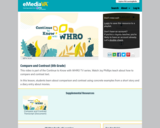
This video is part of the Continue to Know with WHRO TV series. Watch Joy Phillips teach about how to compare and contrast text.
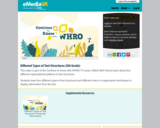
This video is part of the Continue to Know with WHRO TV series. Watch Beth Eanes teach about four different organizational patterns in text structures.
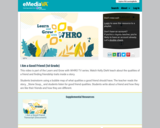
This video is part of the Learn and Grow with WHRO TV series. Watch Kelly Diehl teach about the qualities of a friend and finding friendship traits inside a story.
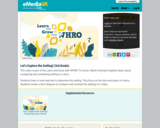
This video is part of the Learn and Grow with WHRO TV series. Watch Amanda Knighton teach about comparing and contrasting setting in a story.
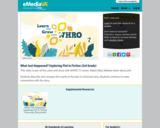
This video is part of the Learn and Grow with WHRO TV series. Watch Mary Mathias teach about plot.
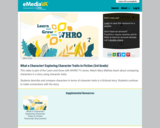
This video is part of the Learn and Grow with WHRO TV series. Watch Mary Mathias teach about comparing characters in a story using character traits.
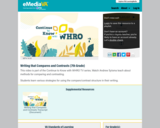
This video is part of the Continue to Know with WHRO TV series. Watch Andrew Sytsma teach about methods for comparing and contrasting.